Calling All Environmental & Climate Defenders in Europe!
Calling All Environmental & Climate Defenders in Europe!
Your voice is essential—let’s make it count.
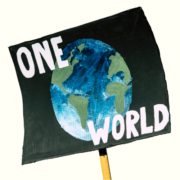
Calling All Environmental & Climate Defenders in Europe!
Are you an environmental or climate defender in Europe, particularly involved in the youth movement? We want to hear from you!
We’re launching a major consultation to better understand the challenges, risks, and needs you face as a youth climate defender. Whether you’re dealing with legal barriers, threats, or simply in need of more resources – your experience matters.
Why get involved?
This consultation covers over 15 EU countries and aims to gather crucial insights that will:
- 〇 Shape clear policy recommendations for the EU.
- 〇 Inform strategies to support civil society and environmental defenders like you.
- 〇 Help us organise workshops and training based on your most urgent needs.
What’s the impact?
By sharing your input, you’ll contribute directly to improving support systems for defenders, especially those facing difficult situations. The consultation results will be used to design solutions, from advocacy efforts to practical support resources, ensuring your safety and ability to continue your work.
Your privacy is safe!
Filling in this survey is completely safe, and your responses will remain confidential. All of your data is encrypted and handled with care, ensuring your privacy is fully protected.
What happens next?
- 〇 We will map out the needs of defenders based on your responses.
- 〇 A detailed report will be published and shared with key EU stakeholders, including those involved in the Aarhus Convention.
- 〇 You’ll have access to workshops and materials that empower and equip you to overcome the challenges you face.
Take the survey now and help us build a stronger, safer movement for environmental and climate defenders across Europe.





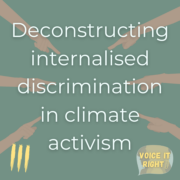

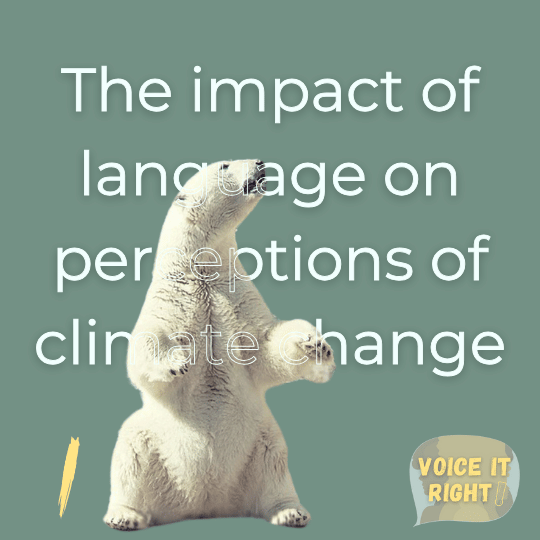

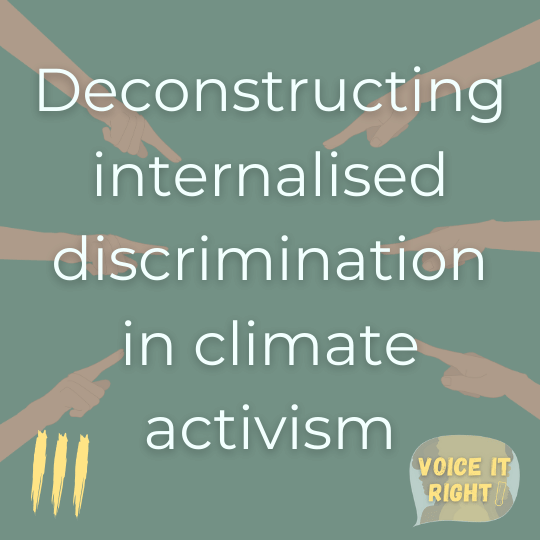
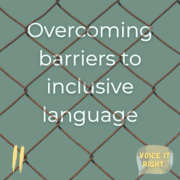

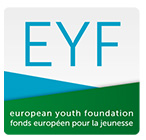














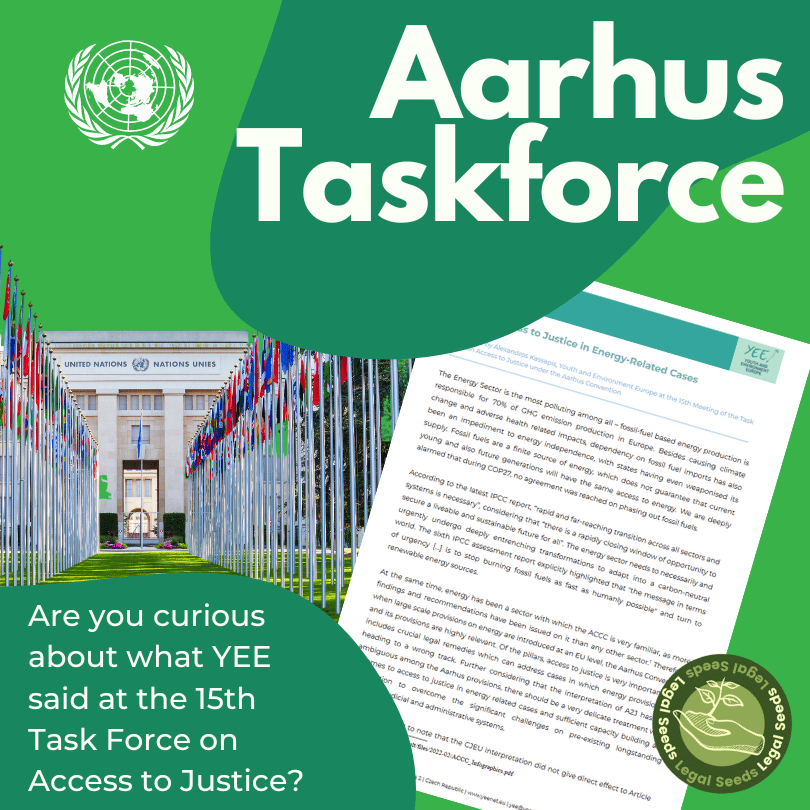
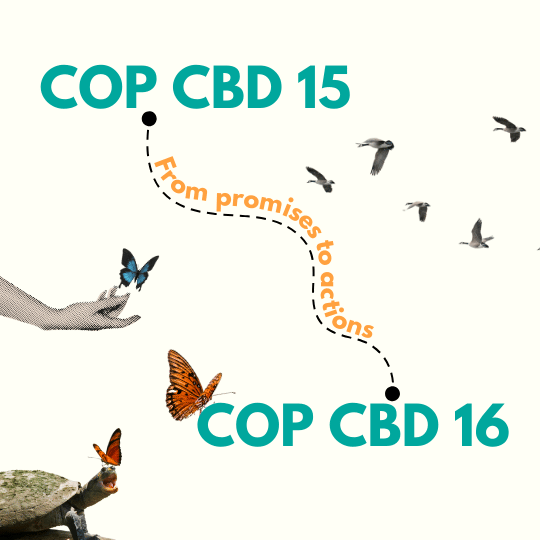
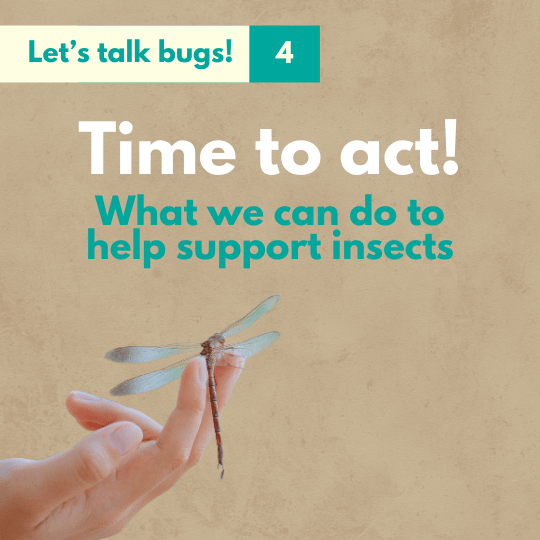

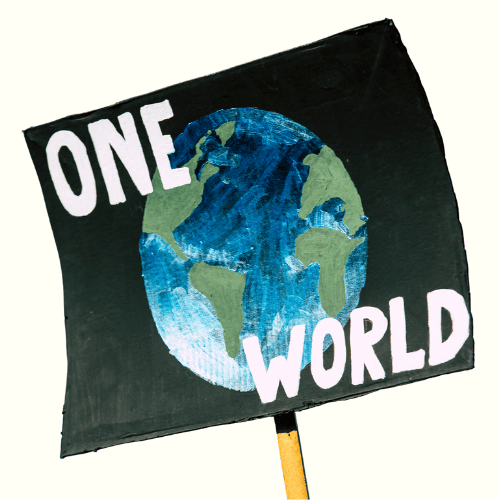
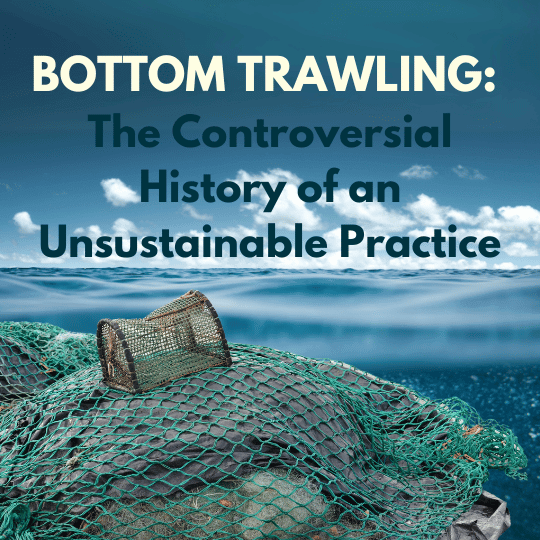



 YEE aims to unite environmental youth non-profit organisations in Europe in order to enhance international cooperation, increase knowledge about the climate crisis, raise awareness of environmental problems and to strengthen participation of youth in environmental decision-making.
YEE aims to unite environmental youth non-profit organisations in Europe in order to enhance international cooperation, increase knowledge about the climate crisis, raise awareness of environmental problems and to strengthen participation of youth in environmental decision-making.

